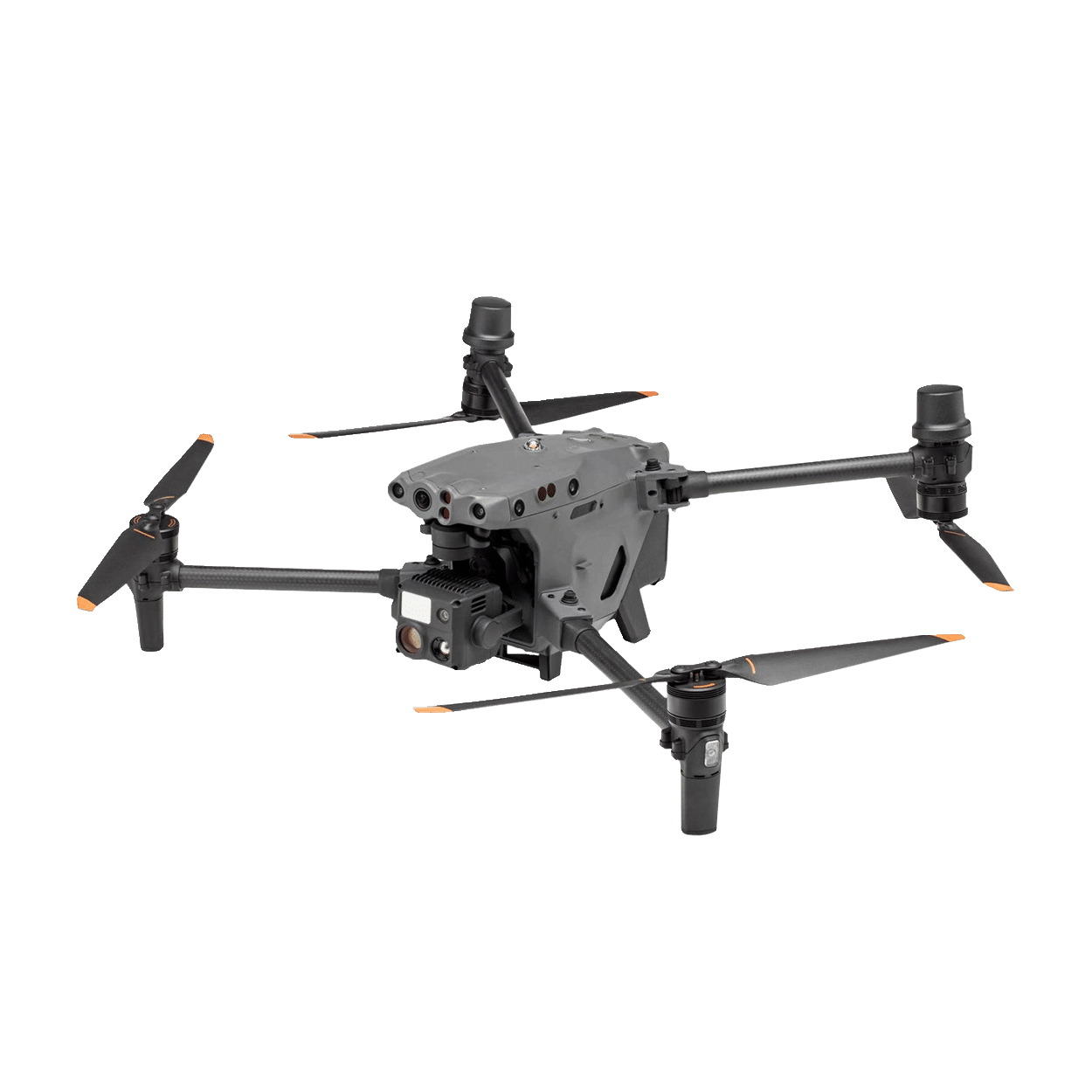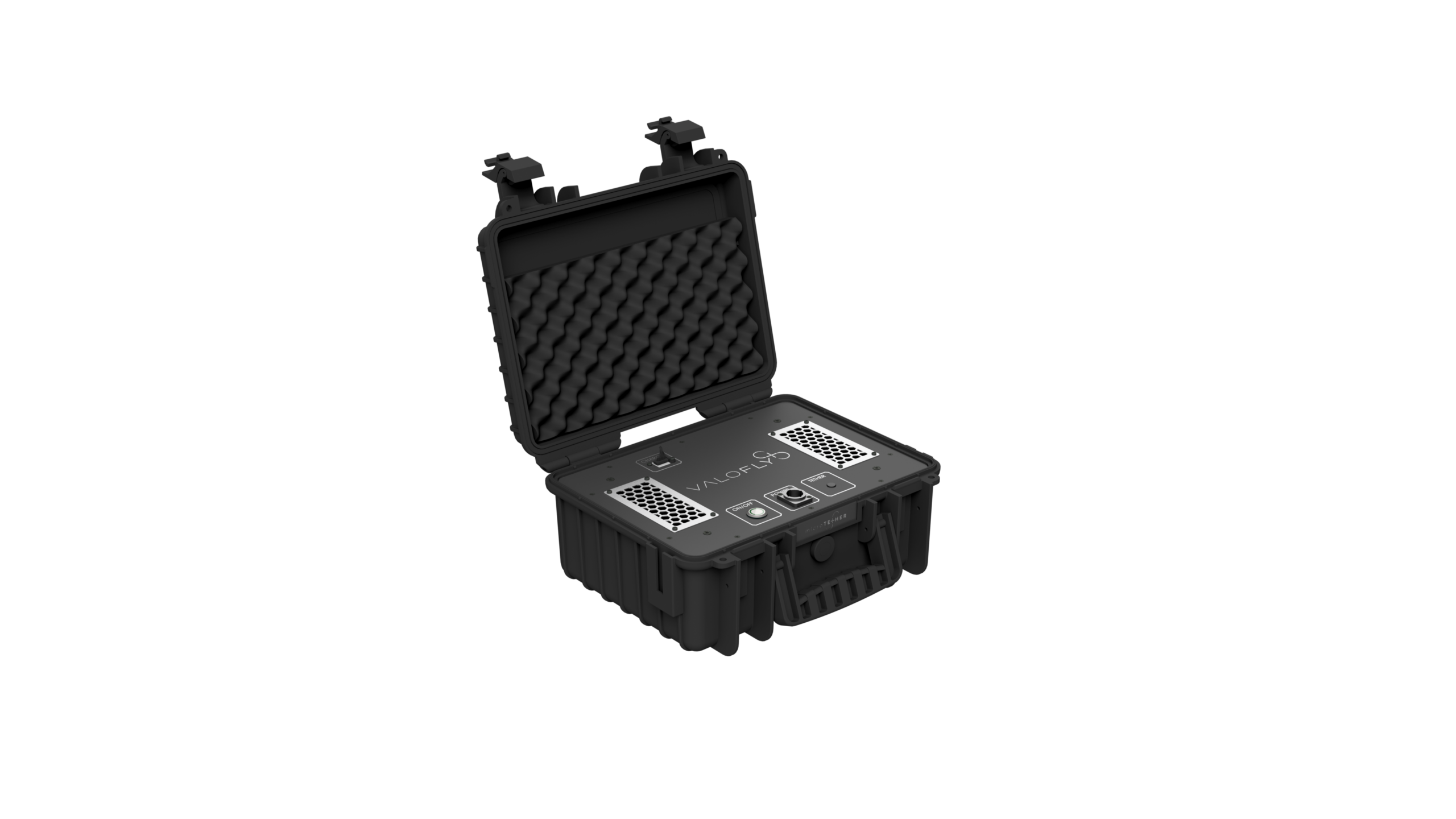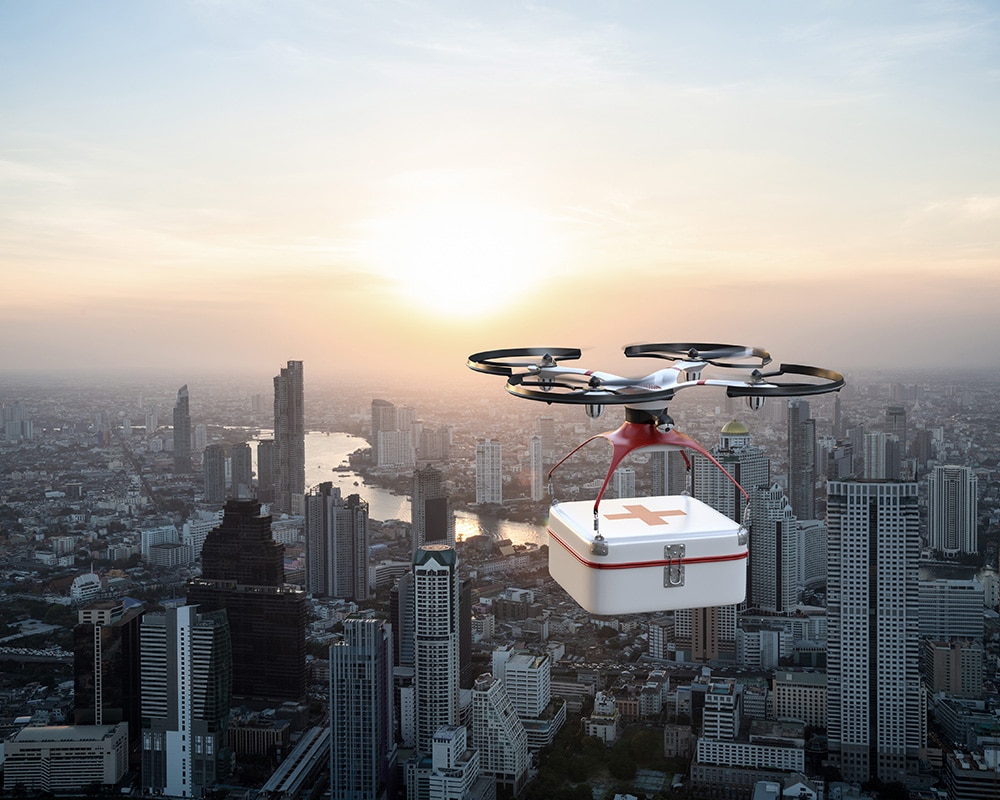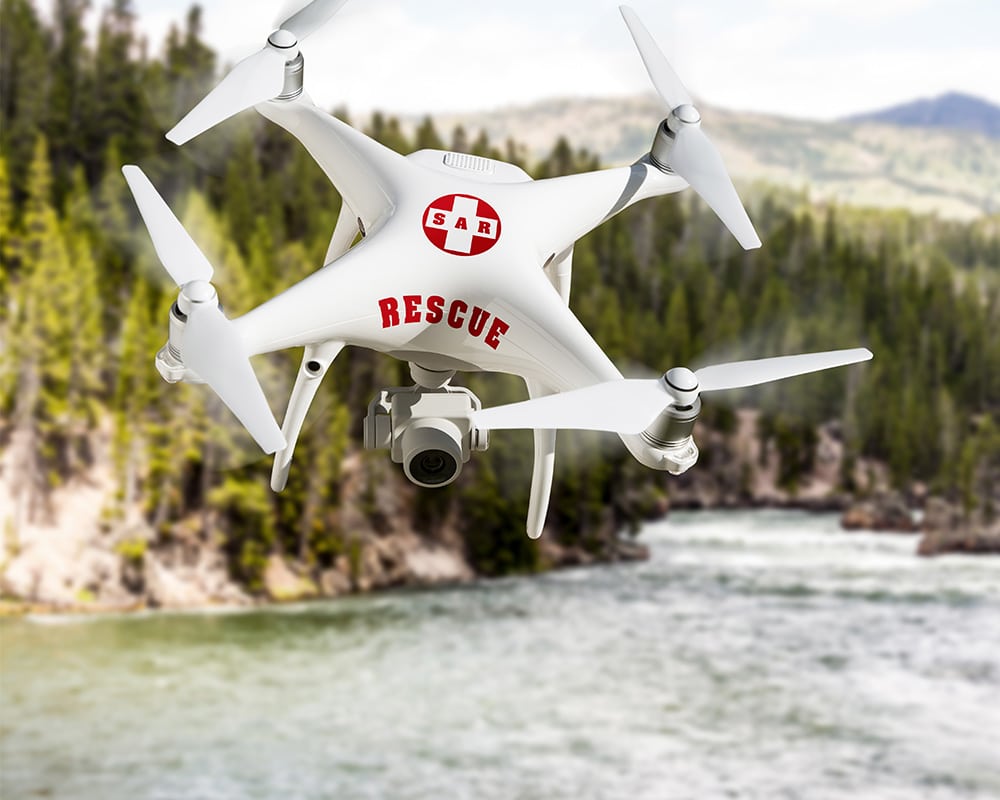A step into the future of maritime drone operations
The recently inaugurated Offshore Drone Campus Cuxhaven (ODCC) was the starting point for the first test flights last week. Together with Fraunhofer IFAM and Hanseatic Aviation Solutions, we were able to carry out the first successful long-haul flights. These tests are an important milestone for the future integration of drones into maritime and manned aviation.
Fixed-wing drone from Hanseatic
The following was used S360MK.IIa fixed-wing aircraft from the Bremen-based company Hanseatic Aviation Solutions. This ultra-modern system offers:
- 3.6 m wingspan
- 5 kg payload
- a take-off weight of approx. 25 kg
Equipped with a parachute, satellite communication, flight radio, a transponder and a buoyancy aid for ditching, this drone sets new standards in terms of safety and reliability.
A flight over the North Sea
The test flight led from Cuxhaven to the mouth of the Elbe, along the shipping lane to Helgoland and back - a distance of around 180 km. The flight was coordinated from the ground station at the ODCC, at an altitude of just over 200 meters. The safety systems on board were extensively tested, supported by a Fraunhofer IFAM research vessel stationed on the dyke.
Objectives of the long-distance tests
The initial tests provided important insights into communication links, airborne radio and other systems. In the long term, we are aiming to carry out regular drone missions over the North Sea and Baltic Sea. These missions could take on tasks such as:
- Protection of critical infrastructures,
- Monitoring of shipping lanes,
- maritime emergency management.
The environmentally friendly and resource-saving approach made possible by this technology is particularly noteworthy. At the same time, research is being carried out into how drone operations can be safely integrated into existing manned aviation and shipping - without negatively impacting the environment.
What happens next
The first tests are the prelude to an exciting future. Further tests will follow next year to further explore the possible uses of long-range drones. The aim is to establish drones as indispensable aids in maritime surveillance and emergency management.















































































